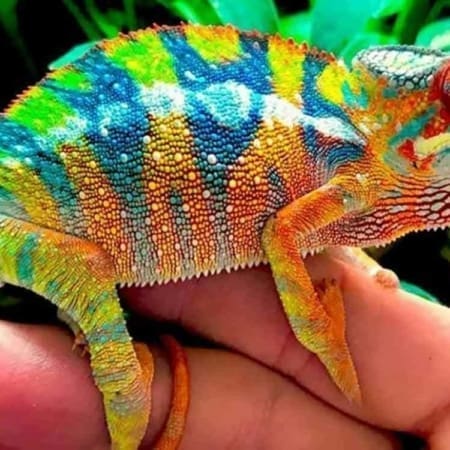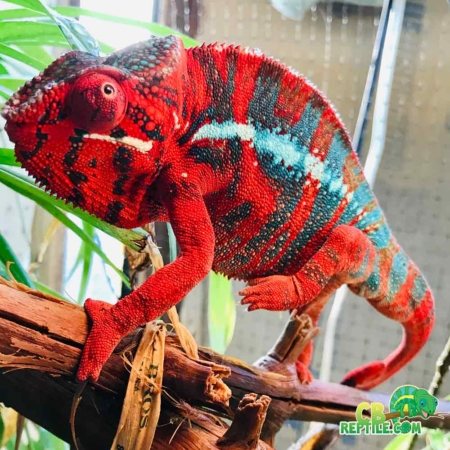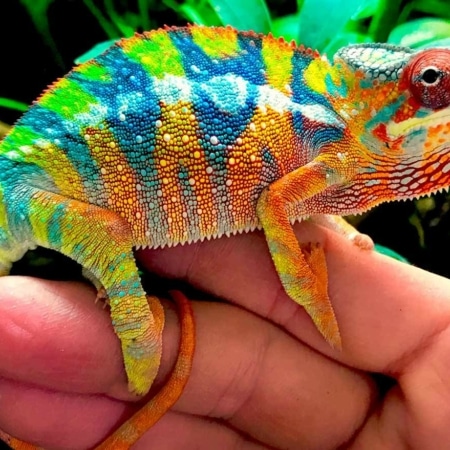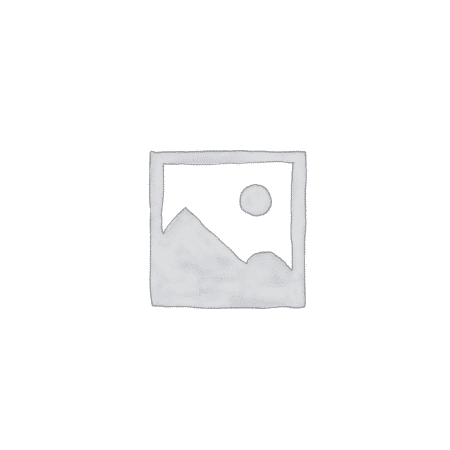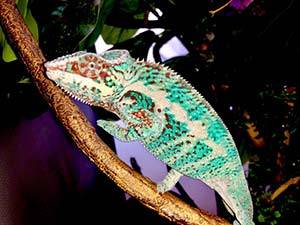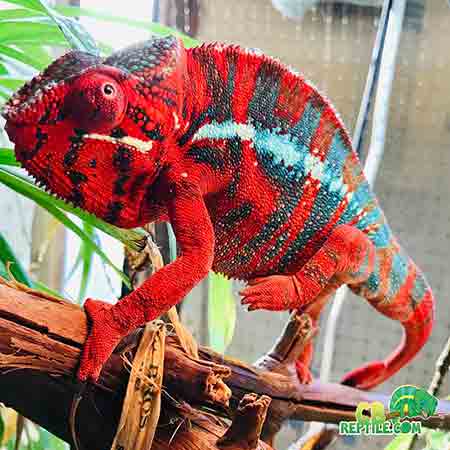Panther Chameleon Husbandry and Enclosure Setup
Proper husbandry is the backbone of panther chameleon health. Even the most genetically impressive animal will struggle if its environment is poorly designed. When you purchase from the best panther chameleon breeder, you receive not only a strong, captive-bred animal but also detailed guidance on how to replicate ideal conditions at home.
This page focuses entirely on enclosure setup and practical husbandry. We will cover enclosure choice, branch and plant placement, lighting design, drainage solutions, and daily maintenance routines that keep your chameleon thriving over the long term.

Choosing the Right Enclosure
Screen enclosures are the standard in panther chameleon care because they promote airflow while still allowing you to control humidity and temperature. Glass tanks designed for fish do not offer enough ventilation, and fully enclosed terrariums can quickly trap stagnant air. For juveniles, smaller enclosures can be used temporarily, but adults do best in tall cages at least four feet high.
When selecting an enclosure, look for sturdy construction, rust-resistant hardware, and large doors that make feeding and cleaning easy. Many keepers also build custom drainage systems beneath the cage to catch excess water from misting and drippers.
Branch Structure and Climbing Space
Panther chameleons are arboreal, which means they spend nearly all of their time in trees and shrubs. Provide multiple horizontal branches at different heights, along with diagonals that connect them. Different branch diameters give your chameleon a comfortable grip no matter where it chooses to rest. Natural branches, bio-safe vines, and commercially available perches can all work well when securely attached.
A “highway” of branches should connect the main basking site to the rest of the enclosure. This allows your chameleon to move gradually from warmer to cooler areas without having to climb up and down the screen walls, which can cause toenail damage over time.
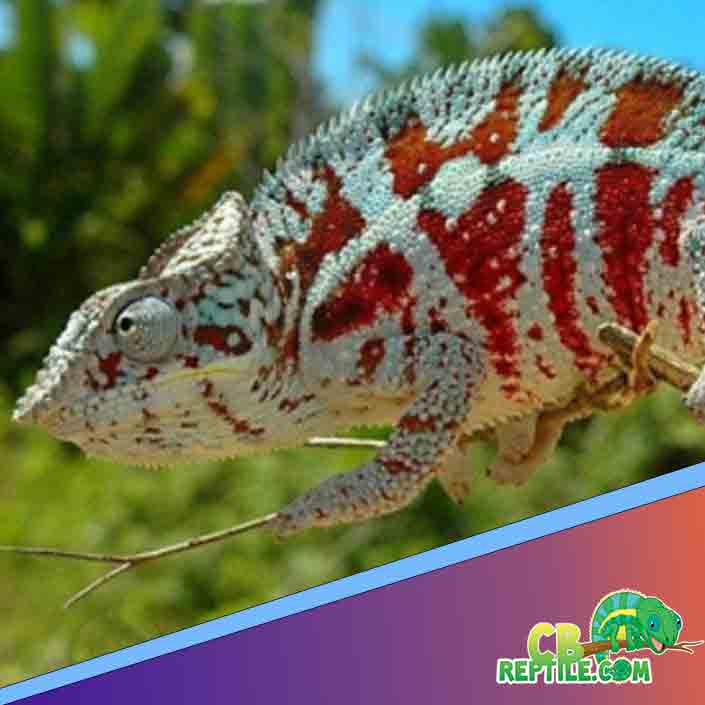
Planting for Security and Humidity
Plants serve several functions in a panther chameleon habitat. They offer visual cover, create microclimates, and give water droplets a surface to cling to after misting. Many keepers use a combination of live plants like pothos, hibiscus, and umbrella trees with realistic artificial foliage placed in strategic positions.
Position leafy plants around the middle and lower thirds of the enclosure to create shaded hiding spots. Leave open lanes near the top so your chameleon has clear access to its basking and UVB zone. Rinse live plants well before use and cover the soil surface with rocks or mesh to prevent ingestion of substrate.
Lighting Layout and Photoperiod
Most enclosures will have a row of fixtures across the top: one or more linear UVB fixtures, a basking bulb, and optionally an LED for plant growth and visual appeal. Position the UVB lamp so it runs along the length of the cage, with branches 8–12 inches below depending on bulb strength. The basking bulb should focus over a strong, stable perch where your chameleon can warm its entire body.
A 12-hour light cycle is typical, such as lights on from 8 a.m. to 8 p.m. Timers make this easy and reliable. At night, all lights should be off so the chameleon experiences natural darkness and a modest temperature drop.
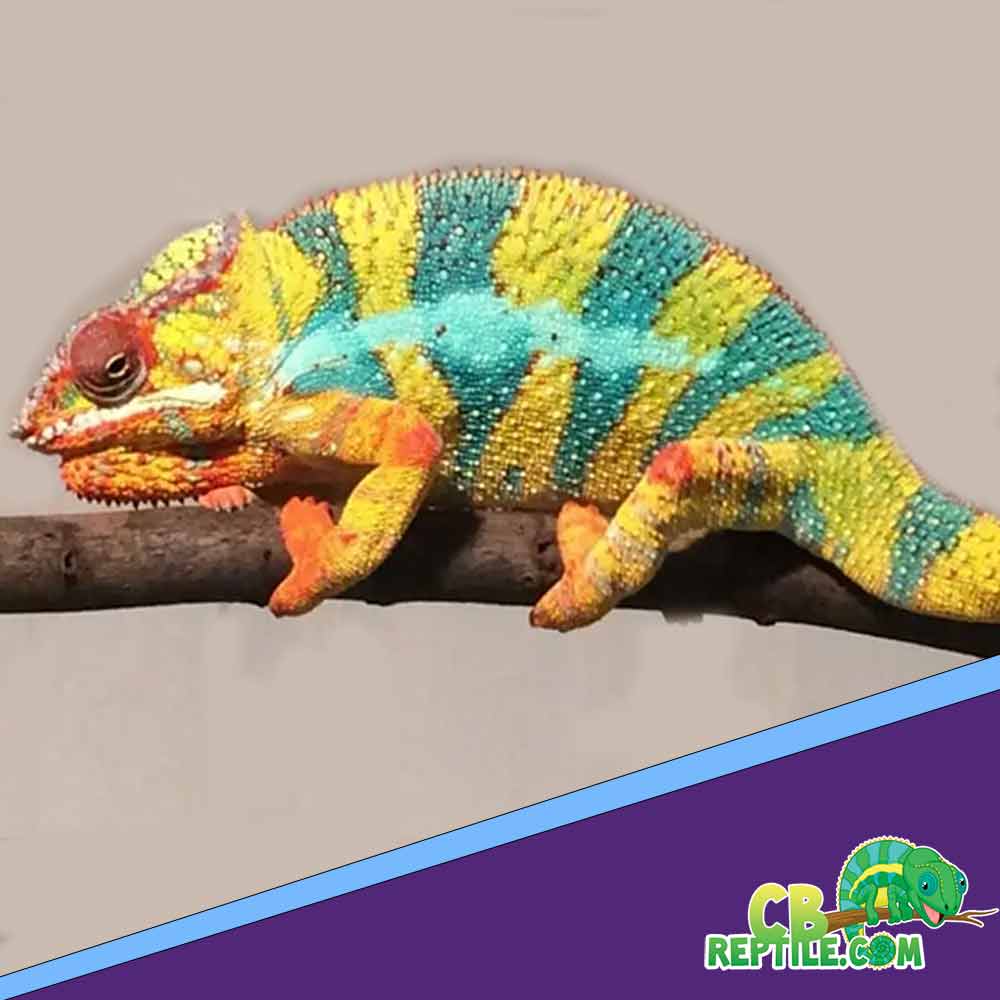
Humidity, Hydration, and Drainage
Humidity in a panther chameleon enclosure should generally fluctuate throughout the day rather than remain static. Many keepers allow humidity to rise during and after misting sessions, then slowly fall as the cage dries out. Automatic misting systems, foggers used cautiously, and simple drippers all contribute to realistic hydration cycles.
Because so much water is moving through the system, a drainage plan is essential. Many hobbyists elevate the enclosure on a stand and cut a small hole in the bottom panel, allowing water to drip into a catch bucket or drain pan. Others place a false bottom inside the cage. Whatever method you use, standing water should never accumulate where the chameleon can sit in it.
Feeding Stations and Maintenance Access
Consider how you will present feeders when designing the layout. Some keepers use feeding cups or ledges attached to branches so insects are easy for the chameleon to find. Others free-range feeders in small numbers. Both methods can work as long as insects do not hide permanently in plants or bite the chameleon at night.
Doors and access panels should be placed where you can easily reach feeding stations, remove plants for cleaning, and adjust branches. A thoughtfully arranged cage saves time every single day and makes routine maintenance more enjoyable.
Starting With a Well-Raised Animal
Even a perfect setup cannot fully compensate for a sickly or poorly started animal. That is why experienced keepers strongly recommend working with an established facility known for strong husbandry and clean bloodlines. When you purchase from the best panther chameleon breeder, you know the animal has already been raised in enclosures that meet these same standards.
If you are still planning your first setup and want to be ready when the right opportunity appears, it is wise to browse reputable listings of chameleon for sale from a source that also publishes detailed care information. That way, when you decide it is time to bring an animal home, you already know exactly where to buy chameleon that is well-adapted to life in a properly designed enclosure.


